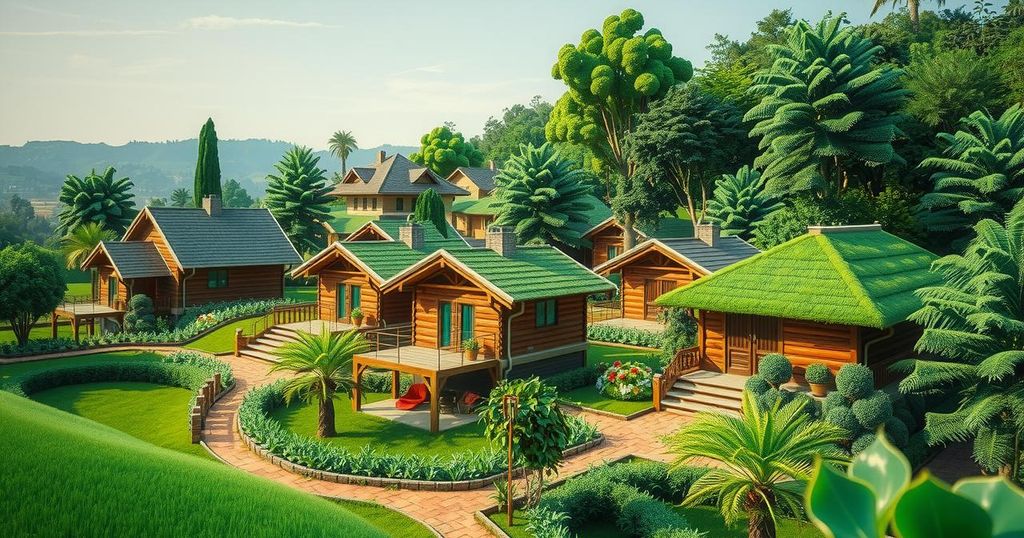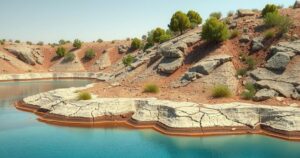Rwanda’s Model Green Villages: Progresses and Challenges Post-Resettlement

Following the 1994 genocide, Rwanda initiated a model village program to support vulnerable populations by relocating them from high-risk areas. While the program has improved access to services and better living conditions, challenges related to food security and economic stability persist. Continued research and adjustments are necessary to enhance the sustainability of these villages.
After the tragic events of the 1994 genocide, Rwandans returned and began to establish their homes and farms. In a bid to address the scattered rural populations, the Rwandan government initiated the “model village” program, aimed at providing support for vulnerable populations, including the homeless and individuals living in high-risk areas prone to disasters worsened by climate change.
Rwanda’s population stands at approximately 14.5 million, with around 62,000 rural families resettled into 14,815 villages, of which 253 are labeled as “model villages”. Notably, some of these villages are “green,” utilizing renewable energy resources such as solar power and biofuels. These environmentally friendly villages incorporate features such as rainwater harvesting, tree planting, and terraced vegetable plots to enhance sustainability.
A study was conducted to evaluate the implications of relocating communities affected by threats from climate change, specifically analyzing two communities on Lake Rweru facing flooding. The residents of these islands, Sharita and Mazane, experienced significant challenges, including a lack of health, education services, and safety due to their remote locations.
The Rweru Model Green Village, established in 2016, provided new homes for residents moving from Sharita and Mazane. Interviews conducted with the families revealed a complicated situation post-relocation; while there was increased access to modern facilities and services, individuals struggled economically and faced a new set of environmental challenges.
Respondents shared that fishing had been essential for their survival on the islands; however, isolation created significant hardships. Many described their living conditions, stating that they were cut off from essential services such as healthcare and education, leading to dangerous situations during medical emergencies. This led residents to advocate for resettlement for improved safety and access to necessary resources.
Post-resettlement feedback highlighted both positive developments and lingering drawbacks. Most participants noted improvements in their quality of life, particularly in reduced exposure to floods and enhanced access to healthcare and housing. A significant portion cited their new homes as the primary benefit. However, post-relocation, reports indicated that many experienced increased poverty and food insecurity due to less fertile land and harsher climatic conditions, impacting their ability to provide adequate nourishment for their families.
The Rwandan government intends to continue establishing model villages; however, supplementary studies are essential to determine the long-term benefits and quality of life for young residents. Addressing the economic, food security, and welfare challenges faced by these communities will be crucial in ensuring the sustainability and effectiveness of the model village initiative.
In summary, the resettlement of Rwandan communities into model green villages, while aimed at providing safety and access to services, has yielded mixed results. Many residents appreciate the improved living conditions and access to social services, yet struggle with food insecurity and diminished economic prospects. Future efforts must focus on enhancing the economic viability of these villages, as well as ensuring that residents’ health and welfare needs are adequately met.
Original Source: www.inkl.com






